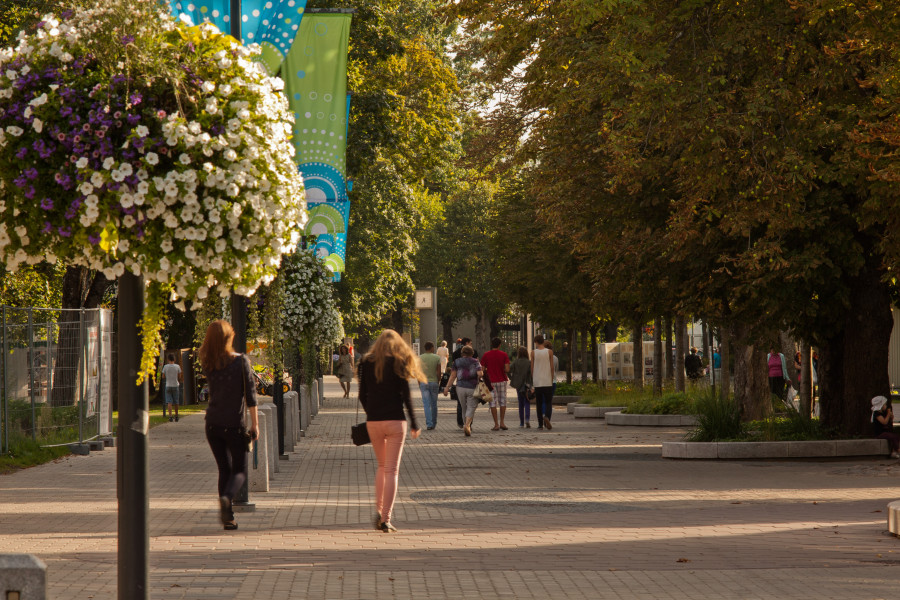For some time I have been doing time lapses, and failed quite often – tough you learn from your mistakes. Sometimes pure chance can give nice results, but mostly it is your effort, and doing it again, and again till it’s perfect. Don’t drop the hope after first failures, sometimes result is so so rewarding at the end. Like getting two nice meteorite strikes I had captured – Lyrids continued. I would like to share some time lapse tips I have learned.
So here are some tips and / or typical errors to avoid. most of them are trivial and I hope you never do them, as I have 😉Location / view
Take time to select it, where you will not be interrupted, asked to move away, yet it would be scenic. Especially last part, if a simple picture from the view does not excite you – you time lapse probably wont either. I have made this error many times, I have been sitting next to camera bored out of my mind, and when I do post I realize it was wasted time. When selecting a view always think ahead, where the sun / moon will be, are there things that can screw up your shot? Prepare, worm summer day does not mean that dusk will be worm, sometimes the location would work in different time of the day, or even season, when the sun and the objects are in beautiful positions like for a week or two. note that, even if you don’t do that this year maybe next one you can?
Power
Lots of it, one battery does not last that long, especially if you want to save shutter / mirror assembly and you use live view (with ML you would anyway). Grip is must have for time lapses, unless you use external power. Here my EOS 40D is outperforming more power hungry 7D, tough no ML for 40, so no bulb ramping, aETTR, internal xmp deflicker, and so on. There are external power solutions and I’m waiting for adapters from ebay to try them out.
Camera settings: Shutter speed
Pay attention, these are key time lapse tips!
There is a rule of thumb for cinematography to use 180deg shutter angle, mostly because our eyes are adopted to that look and feel, it feels smooth, yet not to blurred. In what ever frame rate, 24fps – shutter angle would give exposure time of 1/48th. Ever so true for time lapses, this is one of the most popular pitfall for anybody. So if you take a shot every 10 seconds, you should expose for 5 seconds and that is where the trouble starts, especially in daytime. The reasons being that even with ISO 100 you can’t get decent exposure at nice depth of field. You have to close the diaphragm so you lose DOF and you loose sharpness. ND, polarization and gradient filters are your friends. Ans still you can’t get the exposure which would work best, so you have to do that in post. One of the ways I have been doing is to take more pictures, and later speed the time lapse up, allowing frame blending.
There are exceptions tough – astrophotography, light is so premium that you can’t afford to waste any, so you go for like 15 to 30 sec exposures and 1sec time in between. IMHO, for the most part stars do not look nice when they are lines, so you have to keep the exposure as short as you can with the lowest ISO you can. Expensive lenses is one solution…
Camera settings: Exposure
Exposure consists of three basic elements – shutter speed, sensitivity and amount of light coming in. Shutter speed is dictated by the interval in between the pictures you take, and as I mentioned earlier – it should be 1/2 of it. This means you are left with either the sensitivity and the amount of light.
As for diaphragm goes – I tend to keep it in the lens sharpest point, unless I have to do something else – have it closed for the scene witch is to bright even with NDs or open if night sky.
The goal is to capture as much as details you can in a picture, day scenes with big contrast like sky with clouds and shadowy forest in same picture pose a big challenge. you either have to lose something or you have to do do some tricks. Dual_ISO of the magic lantern is such a neat way to solve the problem. It makes a picture where every other line is exposed with different ISO. You gain dynamic range for 1-2 steps, but at the cost – you lose vertical resolution (for time lapse it is not that big of the loss), chance of moire, and cumbersome workflow – and this is what I’m still trying to figure out, the most effective way, and this asks for a dedicated article.
In general try to acquire as much as dynamic range you can in the picture, keep the ISO as low as you can. If you need to have some kind of automatic exposure, in case of the sunset, sunrise – use MagicLantern’s Auto ETTR with post deflicker module, so you would have the best exposure and virtually flicker free time lapses with automatic exposure. If you can’t, or deflicker did not perform as good as you needed – you can post deflicker, google that, there are many solutions – I so far have sicked to BridgeRamp. Do some research, what ever works the best for you.
More on this: Understanding Exposure To The Right (ETTR)
Camera settings: RAW, JPEG, Picture Profiles
Please shoot in raw if you can – you can save shots, witch otherwise would be not usable – especially if you happen to change exposure, in case of sunset, sunrise or highly dynamic light conditions. And if you can’t – use a flat profile (NEUTRAL with Sharpness: 0, Contrast: -4, Saturation: -2, Color Tone: 0) or even better install Marvels Advanced or Technicolor CineStyle picture styles, they can save your sorry ass, when you fail in exposure and happen to shoot in a lossy format.
Tripod
Key thing, with a big dilemma, carry the heavy one, or fix in post shaking of the frame? If you can get a good tripod – get it. Saves you a lot of trouble, especially if you have to touch camera while in the time lapse – tough I would strongly advise against doing that.
Storage
Shoot in raw, yes its cumbersome, but that might help save otherwise ruined shots. So you will need big cards. 32GB is fine, for most of what you would do. On the side note – remeber that you can manually reset the file name counter, that helps a lot – pictures start from img_0001 and every time you reset it, it saves in new folder, so then you do not need to find that first / last picture of the particular time apse, especially if you have done more than one in that day.
I will update it and elaborate, when I can… I hope you can find something useful in here.




